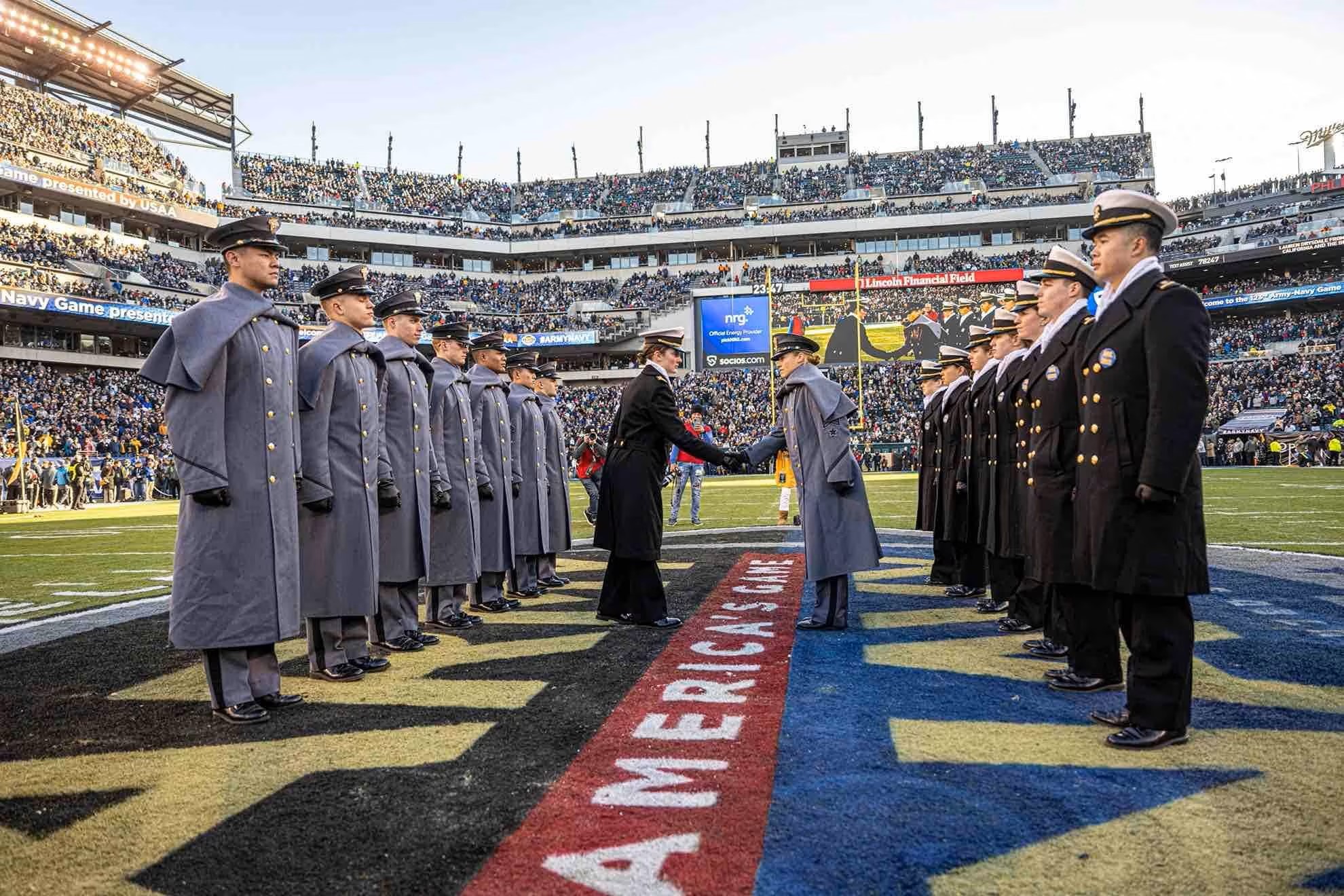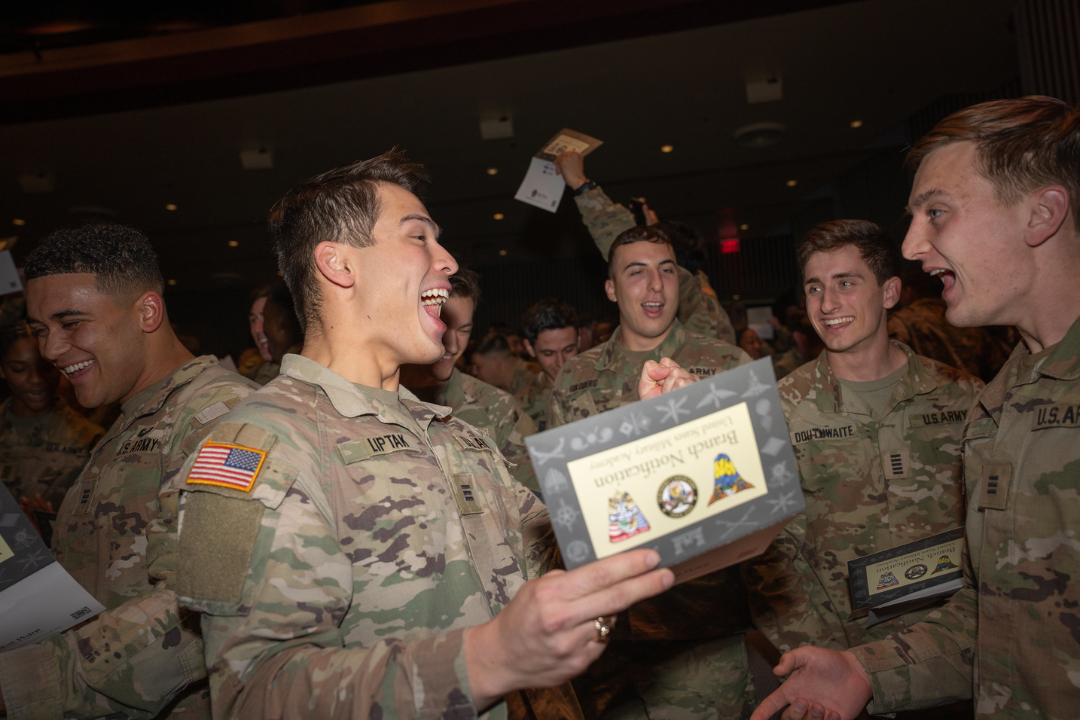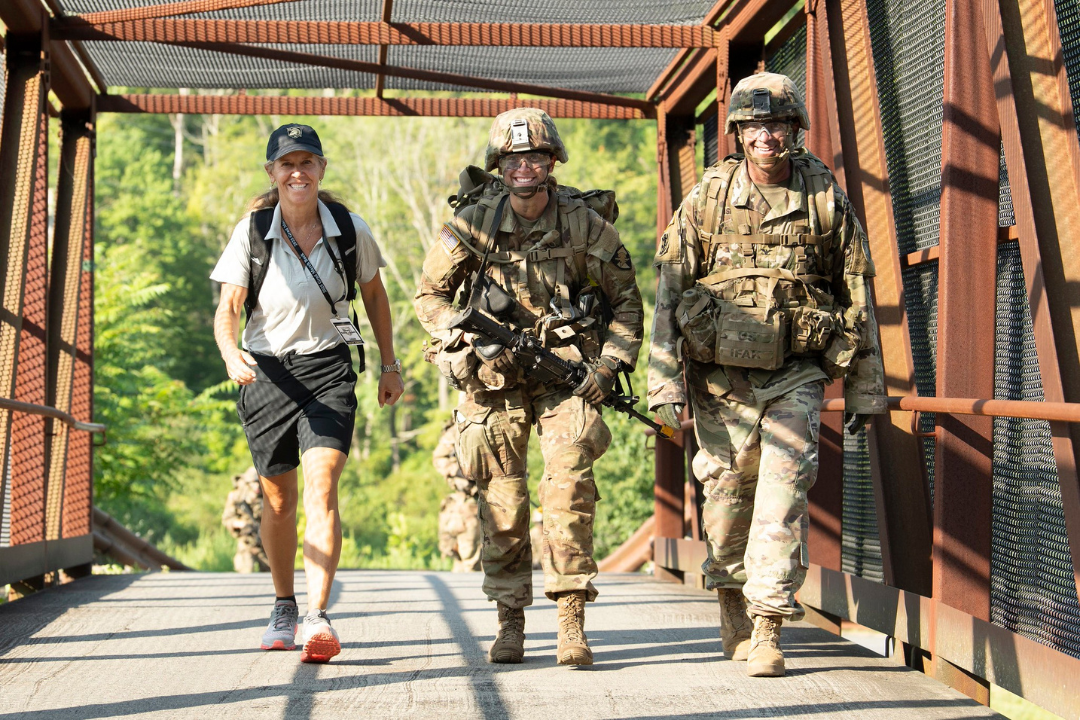Pivotal events and cherished rituals that shape cadets' lives and strengthen the academy's storied identity.
Pivotal events and cherished rituals that shape cadets' lives and strengthen the academy's storied identity.

At West Point, tradition isn’t just history—it's a foundation for your future.
Since 1802, the United States Military Academy has challenged aspiring leaders to grow through world-class academics, immersive military training, and a culture built on Duty, Honor, Country. From your first steps at Beast Barracks to graduation and commissioning as a U.S. Army officer, you’ll join a powerful legacy of leadership, service, and excellence.
Every milestone at West Point pushes you to realize your potential. Time-honored events like Ring Weekend and the Army–Navy Game, combined with academic and leadership achievements, create unforgettable moments that bring cadets together and shape leaders for life.
Take the First Step
Start your Application Now
Milestones mark key moments, specific to your class year, of progress throughout your West Point journey — personal and professional checkpoints that signal growth and readiness to serve. Each year brings unforgettable experiences, including ceremonies, achievements, and shared challenges that unite generations of cadets. These milestones guide your transformation from a motivated high-school student into a confident leader prepared to serve the Army and the nation with character and purpose.

“Being a part of the Long Gray Line and serving our nation has been the greatest honor of my life...the Ring Melt brings the best of the people and traditions together in one ceremony. I’m so privileged to be a part of the team that brings it to life for our graduates – past, present and future.”

Traditions at West Point are long-standing customs and symbolic practices that reflect the academy’s history, values, and culture. They build a deep sense of pride, belonging, and connection to the Long Gray Line. While some traditions have evolved over time, many have endured for generations. One of the most meaningful is the class ring tradition, introduced in 1835, which links you to thousands of graduates who came before you.
Experience the history behind the Long, Gray Line
At West Point, you are challenged to excel in the classroom, in training, and as a leader. You will grow alongside motivated peers, build confidence and character, and prepare to commission as a second lieutenant in the U.S. Army.
At West Point, you live, train, and grow alongside peers who share your drive to lead and serve. You support each other through challenges, celebrate achievements together, and build bonds that last long after graduation. Here, you belong to a team committed to excellence, character, and the Army mission
Your West Point experience does not end at graduation — it expands. You will join the Long Gray Line and step into the Army as a commissioned officer, leading soldiers and making decisions that matter. You will carry the values you built here into every mission, duty station, and challenge ahead.